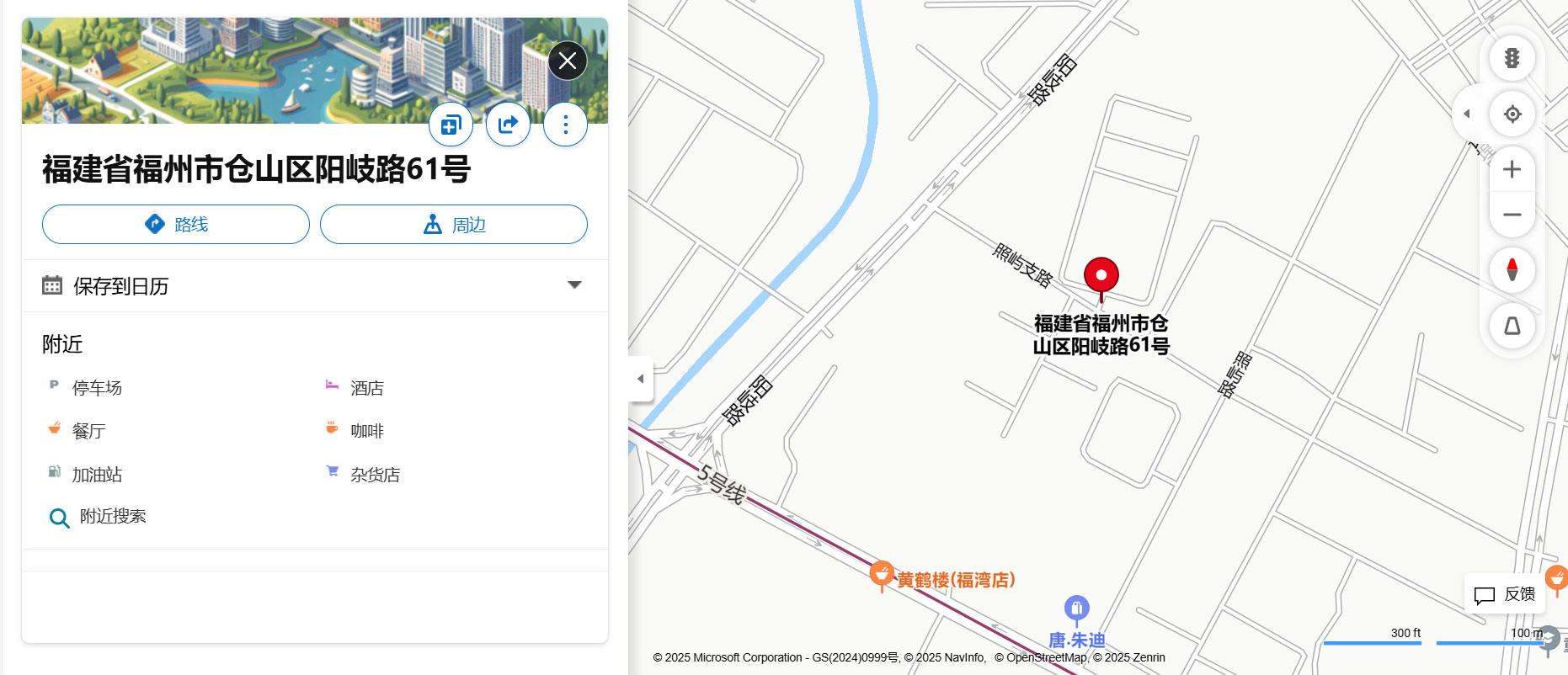Quartz Polarization Rotators offer 45deg or 90deg rotation at a number of common laser wavelength, the optical axis in a polarization rotator is perpendicular to the polished face of the optic. The result is that the orientation of in put linearly polarized light is rotated as it propagates through the device. Left-handed and right-handed rotators can be offered by MT-Optics,Inc.
 |
Item No :
WPRProduct Origin :
FuZhouSpecifications:
|
Material:
|
Optical Grade Crystal Quartz |
|
Dimension Tolerance:
|
+0.0,-0.1mm |
| Transmitted Wavefront Distortion: | λ/4@632.8nm |
| Wavefront range: | 440-1600nm |
| Retardation accuracy: | <5 arc minutes |
| Surface quality: | 20/10 |
| Clear aperture: | >90% |
| AR coating: | R<0.2% at central wavelength |
| Rotation orientation: | counter-clockwise |
| Standard wavelength: | 532nm,632.8nm,1064nm |
Standard Products:
| Part No. | Diameter (mm) | Rotation (Deg) |
| WPR4512 | 12.7 | 45 |
| WPR4515 | 15.0 | 45 |
| WPR4520 | 20.0 | 45 |
| WPR4525 | 25.4 | 45 |
| WPR9012 | 12.7 | 90 |
| WPR9015 | 15.0 | 90 |
| WPR9020 | 20.0 | 90 |
| WPR9025 | 25.4 | 90 |
| Angle of Rotation | 10° | 45° | 90° |
| Waveplatge (nm) | Thinkeness(mm) | Thinkeness(mm) | Thinkeness(mm) |
| 532 | 0.37 | 1.67 | 3.33 |
| 632.8 | 0.55 | 2.40 | 4.81 |
| 808 | 0.89 | 4.02 | 8.03 |
| 1064 | 1.58 | 7.131 | 14.26 |
What is the use of a Quartz Polarization Rotator?
In spectroscopic analysis, a Quartz Polarization Rotator is used to adjust the polarization state of light. By precisely rotating the polarization, it aids in studying how materials interact with polarized light, enabling detailed analysis of optical properties such as birefringence and dichroism. This is crucial for identifying and characterizing substances in various scientific and industrial applications, enhancing the accuracy of spectroscopic measurements.
Technical Advantages of Quartz Polarization Rotator:
The quartz polarization rotator achieves high-precision polarization state control based on the natural optical rotation property of quartz crystals. Its optimized design ensures precise control of the optical rotation angle at communication wavelengths (such as 1310/1550nm) and across the broad near-infrared spectrum, with low wavelength dependence, making it ideally suited for fiber optic communication and laser processing applications. The monolithic single-crystal structure delivers excellent mechanical stability and wide-temperature operation (-20°C to 80°C), with minimal temperature drift of the optical rotation angle, enabling reliable performance in harsh environments. Its high laser damage threshold makes it compatible with both continuous and pulsed laser systems. In fiber optic gyroscopes, it effectively suppresses polarization errors to enhance stability, while in laser marking equipment, it ensures consistent polarization direction of light spots to meet high-precision processing requirements.
